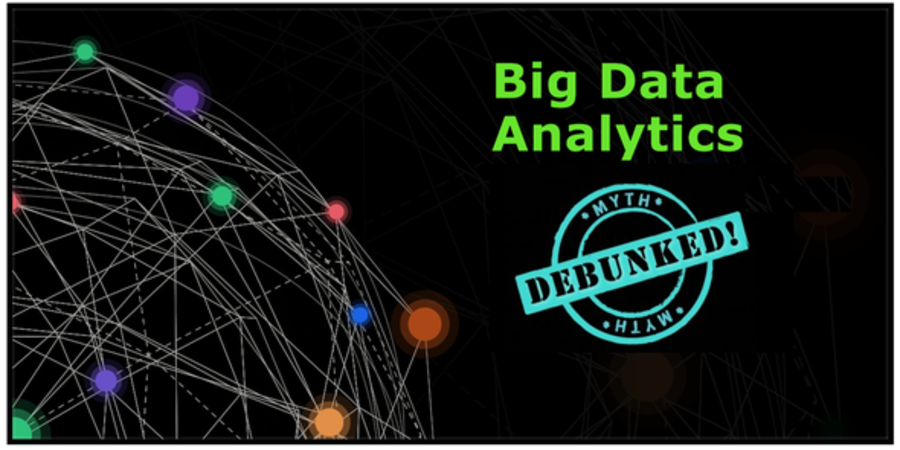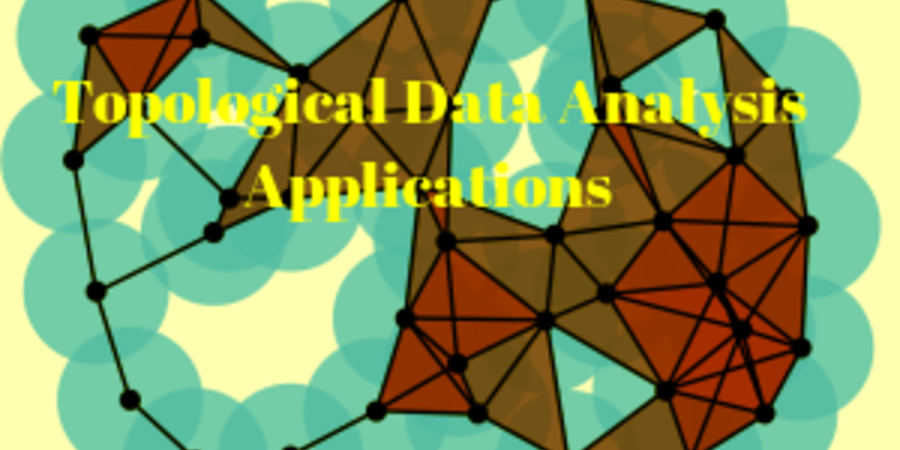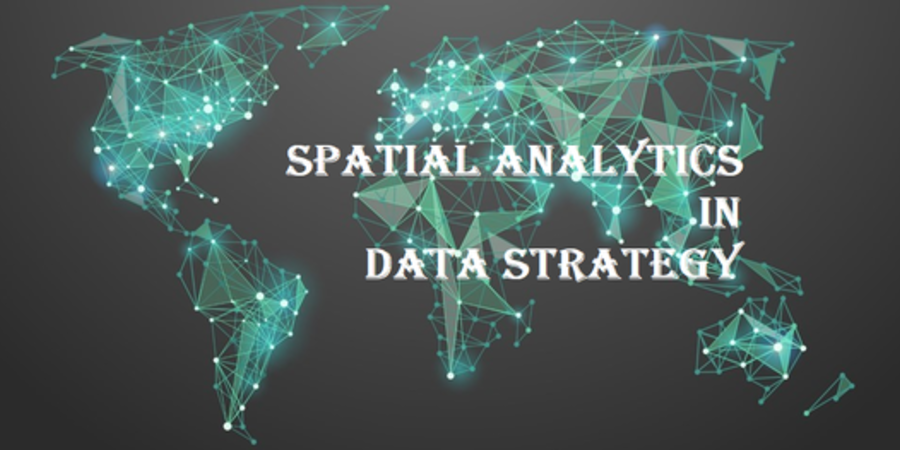Many enterprises that scrambled to put a minimally GDPR-compliant set of privacy policies in place are now lulling themselves into complacency. A closer look at the steps taken by many of these companies reveals a GDPR strategy that it is only skin deep and fails to identify, monitor or delete all of the Personally Identifiable Information (PII) data they have stored. To address these risks, companies need a holistic strategy to manage their data—one that automates the process of profiling, indexing, discovering, monitoring, moving and deleting all of their data as necessary.










